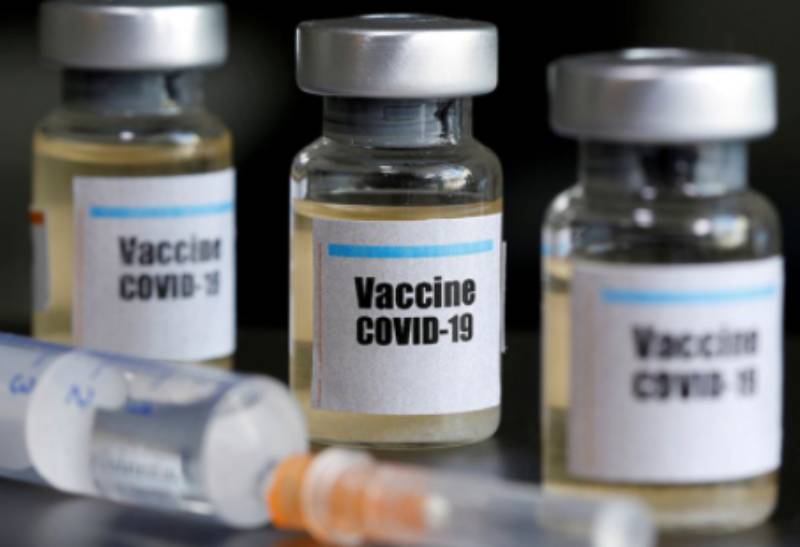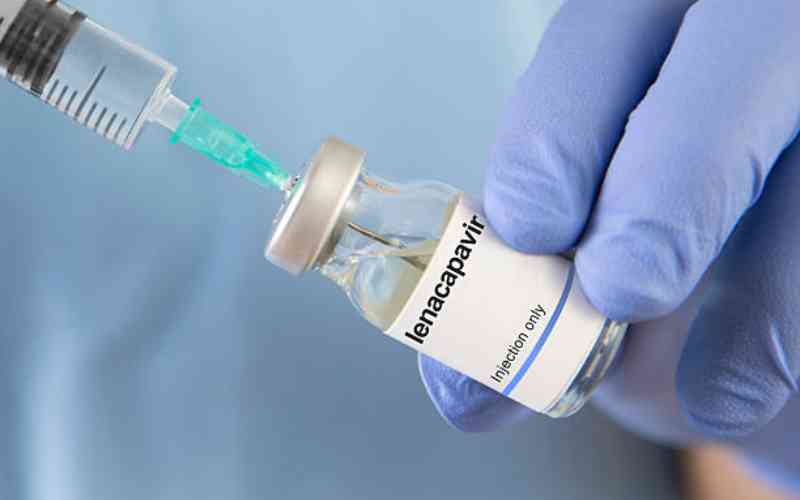
Kenyans might have to wait for about a year to get the much-awaited Covid-19 vaccine.
According to a draft Ministry of Health vaccination rollout plan, the first group will be vaccinated in the third quarter of the next financial year, that is from January 2022.
 The Standard Group Plc is a multi-media organization with investments in media
platforms spanning newspaper print
operations, television, radio broadcasting, digital and online services. The
Standard Group is recognized as a
leading multi-media house in Kenya with a key influence in matters of national
and international interest.
The Standard Group Plc is a multi-media organization with investments in media
platforms spanning newspaper print
operations, television, radio broadcasting, digital and online services. The
Standard Group is recognized as a
leading multi-media house in Kenya with a key influence in matters of national
and international interest.











